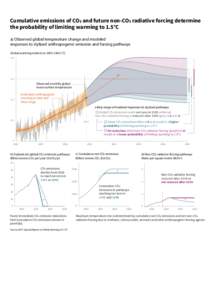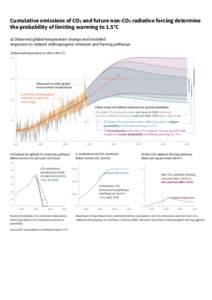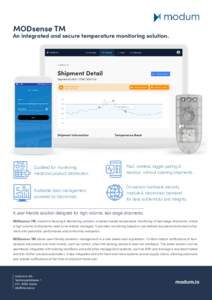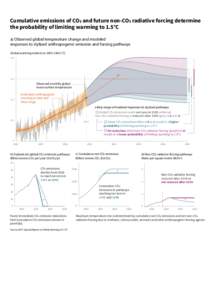<--- Back to Details
| First Page | Document Content | |
|---|---|---|
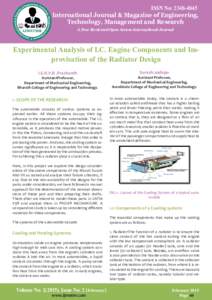 Date: 2015-02-13 02:42:53Heat exchangers Temperature Mechanical engineering Thermodynamics Plumbing Heating ventilating and air conditioning Radiator Water cooling Antifreeze Heater core |
Add to Reading List |
 ISSN No: International Journal & Magazine of Engineering, Technology, Management and Research A Peer Reviewed Open Access International Journal
ISSN No: International Journal & Magazine of Engineering, Technology, Management and Research A Peer Reviewed Open Access International Journal